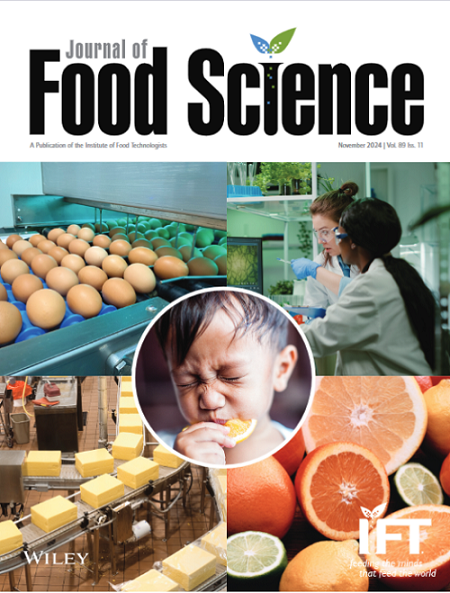Enhancing beer authentication, quality, and control assessment using non-invasive spectroscopy through bottle and machine learning modeling
Abstract
Fraud in alcoholic beverages through counterfeiting and adulteration is rising, significantly impacting companies economically. This study aimed to develop a method using near-infrared (NIR) spectroscopy (1596–2396 nm) through the bottle, along with machine learning (ML) modeling for beer authentication, quality traits, and control assessment. For this study, 25 commercial beers from different brands, styles, and three types of fermentation were used. To obtain the ground-truth data, a quantitative descriptive analysis was conducted with 11 trained panelists to evaluate the intensity of 16 sensory descriptors, and volatile aromatic compounds were analyzed using gas chromatography–mass spectroscopy (GC–MS). The ML models were developed using artificial neural networks with NIR absorbance values as inputs to predict (i) type of fermentation (Model 1), (ii) intensity of 16 sensory descriptors (Model 2), and (iii) peak area of volatile aromatic compounds (Model 3). All models resulted in high overall accuracy (Model 1: 99%; Model 2: R = 0.92; Model 3: R = 0.94), and model deployment for new beer samples showed high performance (Model 1: 95%; Model 2: R = 0.83). This method enables brewers and retailers to analyze beers without opening bottles, preventing quality assurance issues, fraud, and provenance concerns. Further model training with new targets could assess additional quality traits like physicochemical parameters and origin.
Practical Application
Near-infrared spectroscopy coupled with ML modeling is a novel method for assessing beer quality and authentication through the bottle. It serves as a rapid, accurate tool for predicting sensory and aroma profiles without opening the bottle. Additionally, it monitors quality traits during transport and storage.


 求助内容:
求助内容: 应助结果提醒方式:
应助结果提醒方式:


